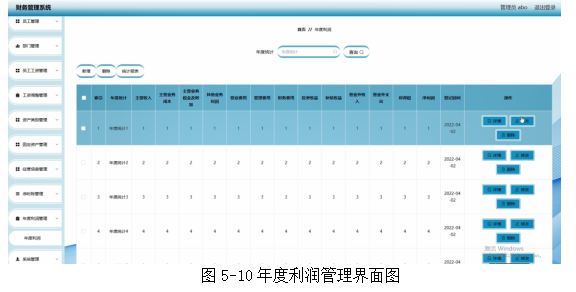
目录
一、创建工作空间及配置Maven环境
二、创建springboot项目整合web操作
三、http请求参数获取及登录页面访问操作
四、数据库设计、数据库创建及导入sql
五、使用mybatis-plus逆向工程生成代码【vaccinum】
六、JavaEE三层架构概念及user查询实现
七、mybatis-plus逆向工程通用API实现原理分析及user模块的接口实现【添删改查】
八、前端环境配置【Vscode、Node.js】【安装直接默认下一步即可】
一、创建工作空间及配置Maven环境
先创建work文件夹,然后在IDEA中打开、然后设置sdk
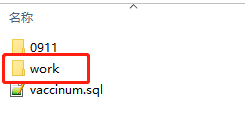
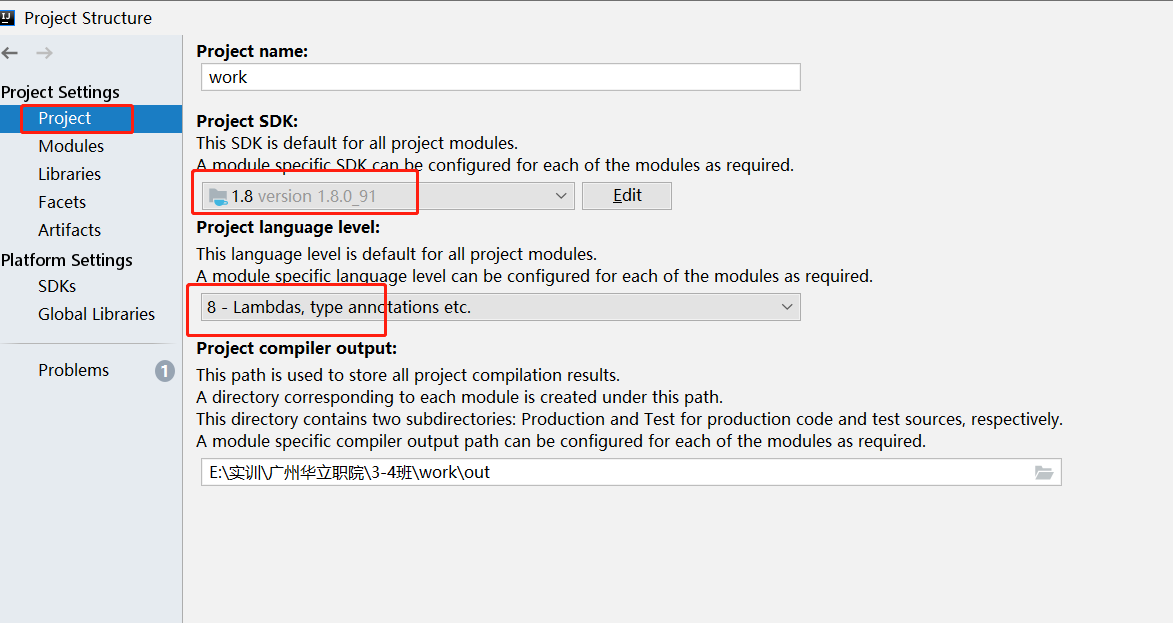
--解压maven压缩文件
在conf/settings.xml 文件中配置本地仓库位置(maven 的安装目录下):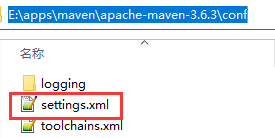
【一】打开 settings.xml文件,配置本地仓库位置(也就是本地文件夹):
<localRepository>D:\JavaSoftware\mavenlib</localRepository>Maven中央仓库配置
【二】继续配置settings.xml文件,找到mirrors标签,配置中央仓库位置:
<mirror>
<id>alimaven</id>
<name>aliyun maven</name>
<url>http://maven.aliyun.com/nexus/content/groups/public/</url>
<mirrorOf>central</mirrorOf>
</mirror> 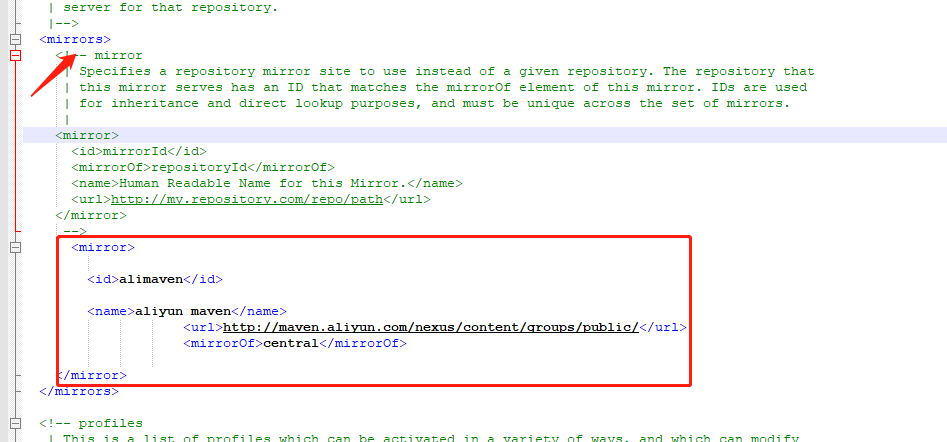
在idea中绑定Maven ,然后关掉idea重新打开

 --在ideza中进行测试、创建maven项目
--在ideza中进行测试、创建maven项目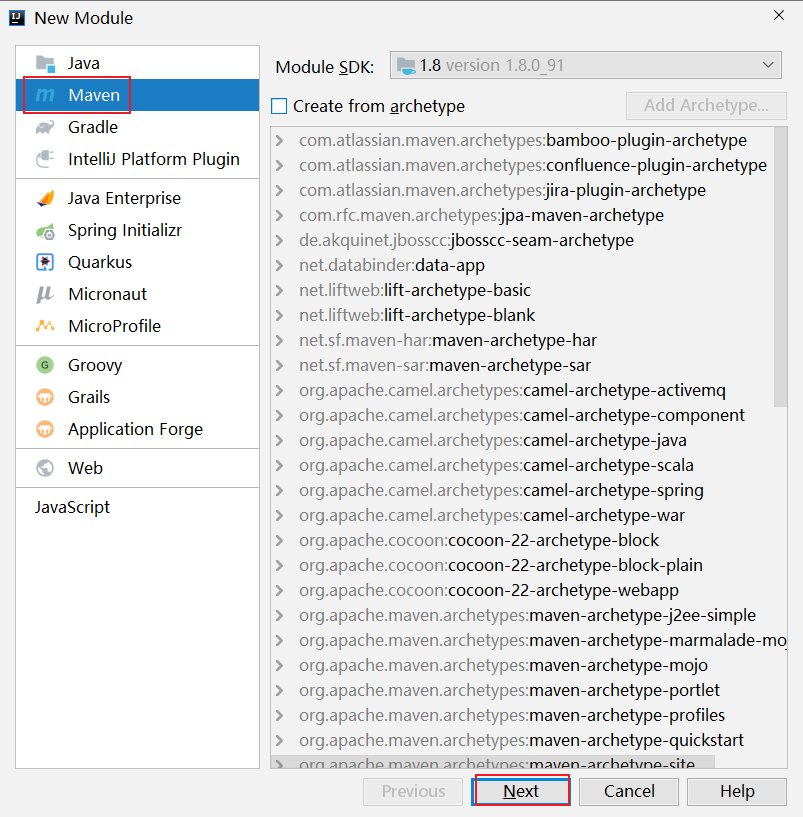
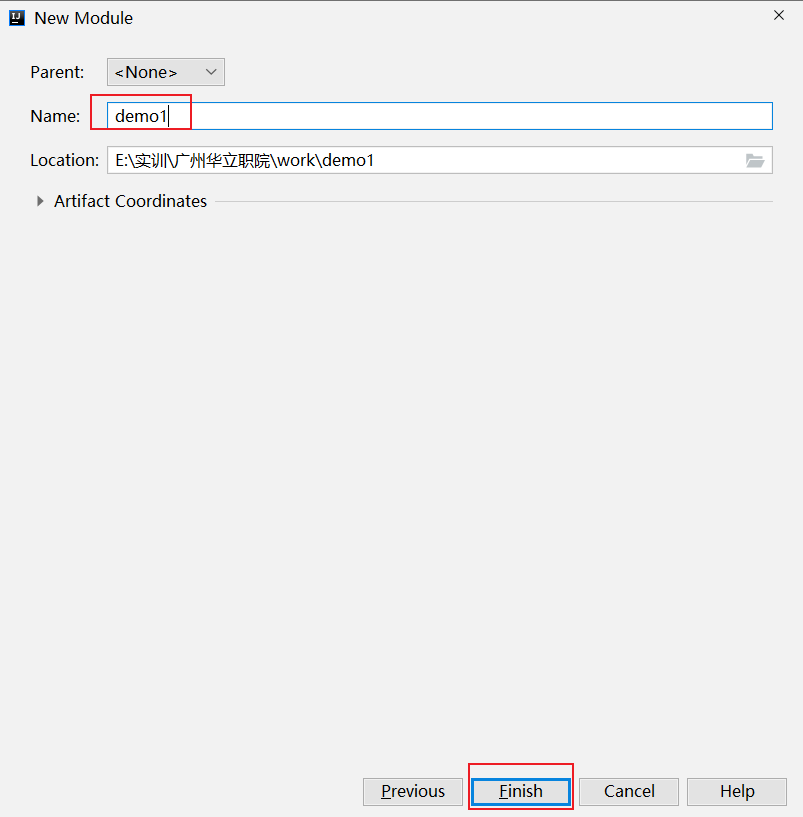
二、创建springboot项目整合web操作
在工作空间中new module,使用spring初始化器【springboot选择maven方式构建、选择2.7.1x的springboot版本】

--选择springboot的版本和项目的web依赖

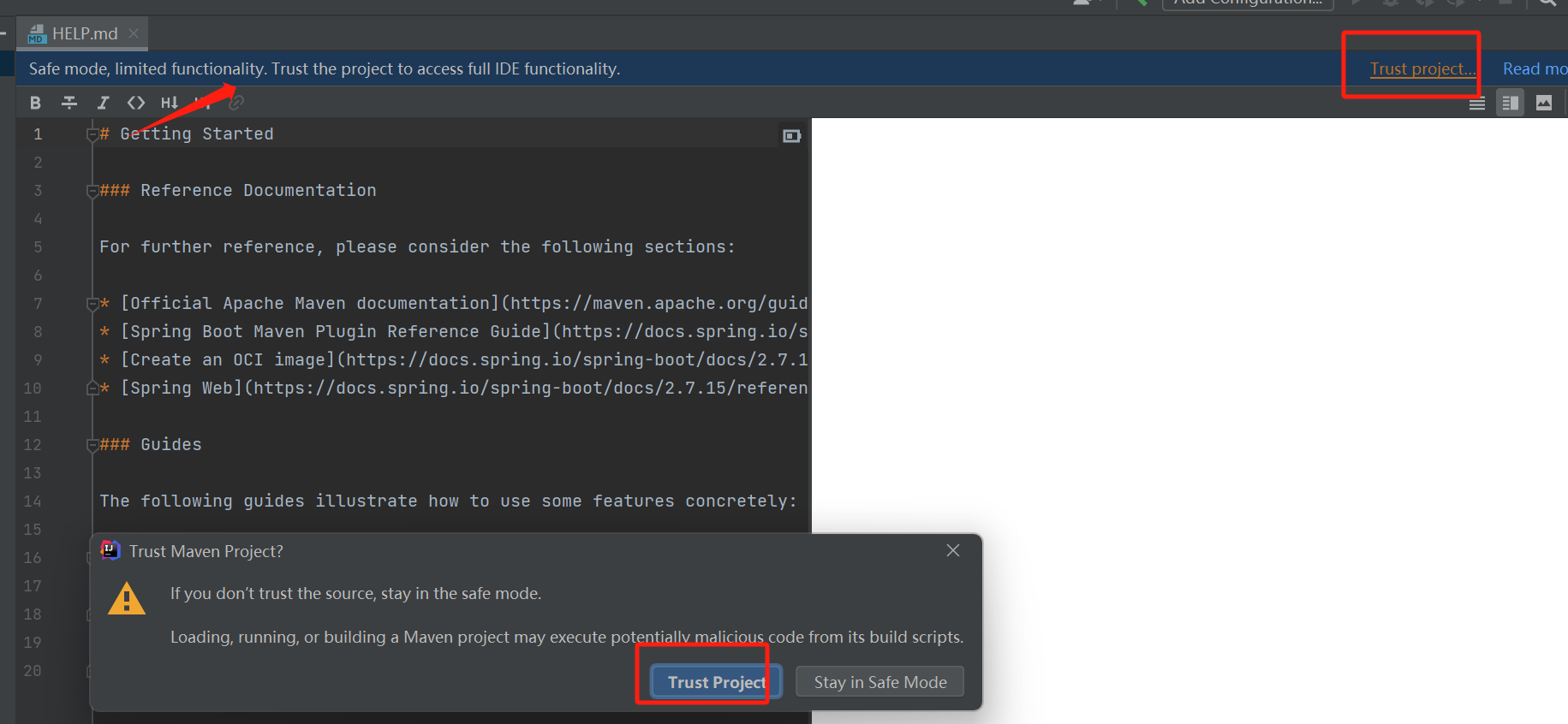
--在项目中创建Java类、提供controller代码【注意controller代码要和启动类在同一个package下】
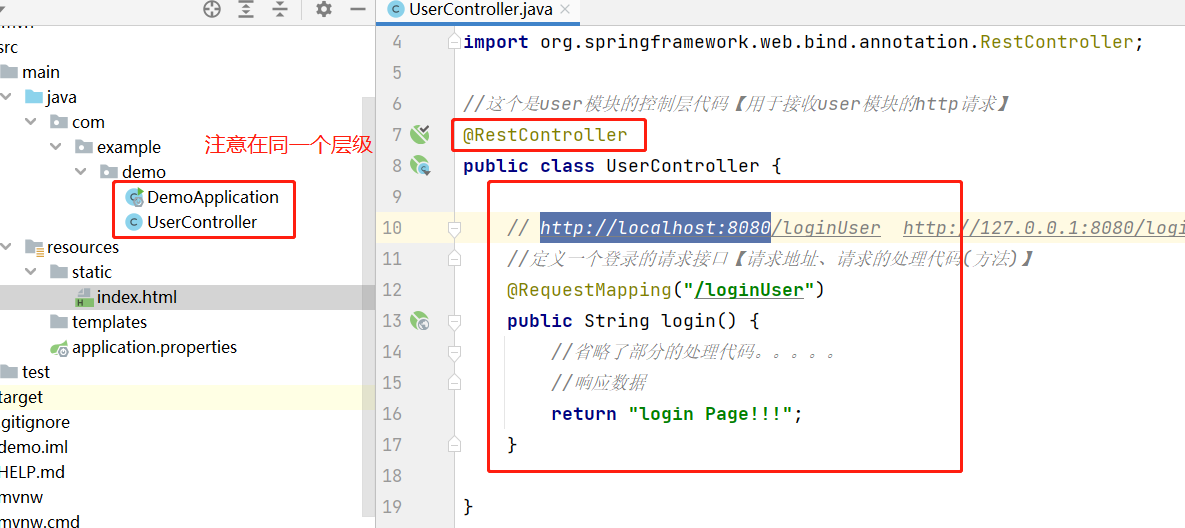
//这个是user模块的控制层代码【用于接收user模块的http请求】
@RestController
public class UserController {
// http://localhost:8080/loginUser http://127.0.0.1:8080/loginUser
//定义一个登录的请求接口【请求地址、请求的处理代码(方法)】
@RequestMapping("/loginUser")
public String login() {
//省略了部分的处理代码。。。。。
//响应数据
return "login Page!!!";
}
}三、http请求参数获取及登录页面访问操作
--修改Controller中的代码,获取请求参数及实现业务判断
// http://127.0.0.1:8080/loginUser?name=admin&password=123456
//定义功能的http请求接口 【登录】
@RequestMapping("loginUser")
public String login(String name,String password){
//判断账号
if(name.equals("admin")&&password.equals("123456")){
return "login 成功!!!!";
}else{
return "login 失败!!!!";
}
}--在resources文件中的static文件夹中创建login.html页面
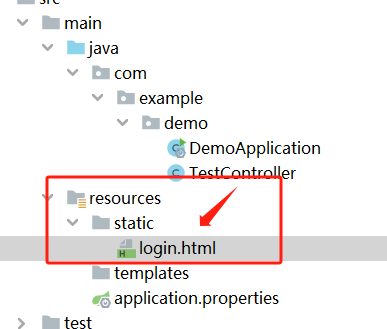
<!DOCTYPE html>
<html lang="en">
<head>
<meta charset="UTF-8">
<title>登录页面</title>
</head>
<body>
<!-- form表单 action表示为请求提交的地址 -->
<form action="/loginUser">
用户名:<input type="text" name="name"/><br>
密码:<input type="text" name="password"/><br>
<input type="submit" value="登录"/><br>
</form>
</body>
</html>--测试,访问

http://127.0.0.1:8080/login.html四、数据库设计、数据库创建及导入sql
--1在MySQL链接中创建vaccinum数据库、指定编码和排序规则
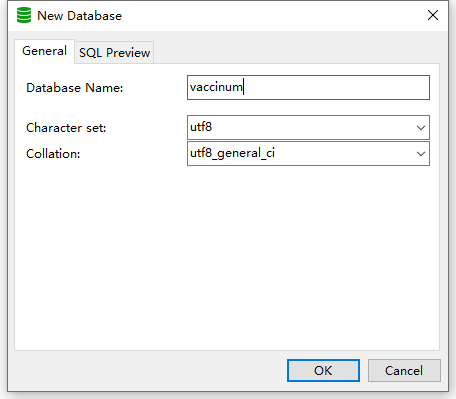
--2然后双击选中vaccinum数据库,右键执行sql文件、导入数据、最后f5刷新即可

--3刷新
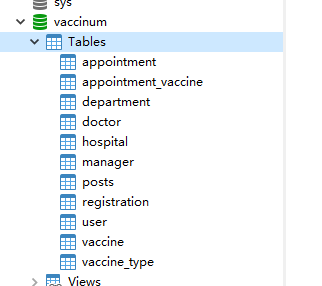
五、使用mybatis-plus逆向工程生成代码【vaccinum】
--1创建springboot项目(MybatisPlusDemo)、选择对应的依赖
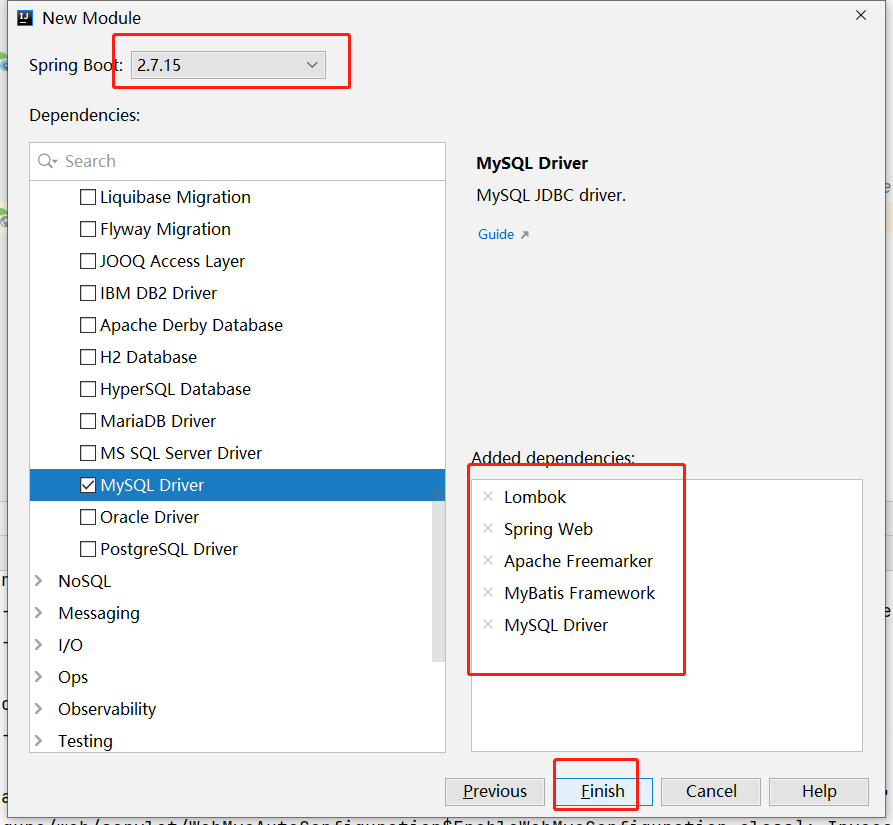
--2、在项目的pom.xml文件中的dependencies内添加依赖、然后更新依赖

<!--mybatis-plus插件-->
<dependency>
<groupId>com.baomidou</groupId>
<artifactId>mybatis-plus-boot-starter</artifactId>
<version>3.3.1.tmp</version>
</dependency>
<!--mybatis-plus-generator-->
<dependency>
<groupId>com.baomidou</groupId>
<artifactId>mybatis-plus-generator</artifactId>
<version>3.4.1</version>
</dependency>
<!-- commons-lang3 -->
<dependency>
<groupId>org.apache.commons</groupId>
<artifactId>commons-lang3</artifactId>
<version>3.9</version>
</dependency>
3、提供CodeGenerator.java程序【逆向工程的执行程序】、执行生成代码
import com.baomidou.mybatisplus.core.exceptions.MybatisPlusException;
import com.baomidou.mybatisplus.core.toolkit.StringPool;
import com.baomidou.mybatisplus.core.toolkit.StringUtils;
import com.baomidou.mybatisplus.generator.AutoGenerator;
import com.baomidou.mybatisplus.generator.InjectionConfig;
import com.baomidou.mybatisplus.generator.config.*;
import com.baomidou.mybatisplus.generator.config.po.TableInfo;
import com.baomidou.mybatisplus.generator.config.rules.NamingStrategy;
import com.baomidou.mybatisplus.generator.engine.FreemarkerTemplateEngine;
import java.util.ArrayList;
import java.util.List;
import java.util.Scanner;
// 演示例子,执行 main 方法控制台输入模块表名回车自动生成对应项目目录中
public class CodeGenerator {
/**
* <p>
* 读取控制台内容 appointment,appointment_vaccine,department,doctor,hospital,manager,posts,registration,user,vaccine,vaccine_type
* </p>
*/
public static String scanner(String tip) {
Scanner scanner = new Scanner(System.in);
StringBuilder help = new StringBuilder();
help.append("请输入" + tip + ":");
System.out.println(help.toString());
if (scanner.hasNext()) {
String ipt = scanner.next();
if (StringUtils.isNotBlank(ipt)) {
return ipt;
}
}
throw new MybatisPlusException("请输入正确的" + tip + "!");
}
public static void main(String[] args) {
// 代码生成器
AutoGenerator mpg = new AutoGenerator();
// 全局配置
GlobalConfig gc = new GlobalConfig();
String projectPath = System.getProperty("user.dir");
gc.setOutputDir(projectPath + "/vaccinum/src/main/java");
gc.setAuthor("jerry");
gc.setOpen(false);
// gc.setSwagger2(true); 实体属性 Swagger2 注解
mpg.setGlobalConfig(gc);
// 数据源配置 example.demo user,doctor
DataSourceConfig dsc = new DataSourceConfig();
dsc.setUrl("jdbc:mysql://localhost:3306/vaccinum?useUnicode=true&characterEncoding=utf8&serverTimezone=UTC");
// dsc.setSchemaName("public");
dsc.setDriverName("com.mysql.cj.jdbc.Driver");
dsc.setUsername("root");
dsc.setPassword("");
mpg.setDataSource(dsc);
// 包配置
PackageConfig pc = new PackageConfig();
pc.setModuleName(scanner("模块名"));
pc.setParent("com");//com.example.springmybatisdemo 输入example.springmybatisdemo
mpg.setPackageInfo(pc);
// 自定义配置
InjectionConfig cfg = new InjectionConfig() {
@Override
public void initMap() {
// to do nothing
}
};
// 如果模板引擎是 freemarker
String templatePath = "/templates/mapper.xml.ftl";
// 如果模板引擎是 velocity
// String templatePath = "/templates/mapper.xml.vm";
// 自定义输出配置
List<FileOutConfig> focList = new ArrayList<>();
// 自定义配置会被优先输出
focList.add(new FileOutConfig(templatePath) {
@Override
public String outputFile(TableInfo tableInfo) {
// 自定义输出文件名 , 如果你 Entity 设置了前后缀、此处注意 xml 的名称会跟着发生变化!!
return projectPath + "/src/main/resources/mapper/" + tableInfo.getEntityName() + "Mapper" + StringPool.DOT_XML;
}
});
cfg.setFileOutConfigList(focList);
mpg.setCfg(cfg);
// 配置模板
TemplateConfig templateConfig = new TemplateConfig();
templateConfig.setXml(null);
mpg.setTemplate(templateConfig);
// 策略配置
StrategyConfig strategy = new StrategyConfig();
strategy.setNaming(NamingStrategy.underline_to_camel);
strategy.setColumnNaming(NamingStrategy.underline_to_camel);
// strategy.setSuperEntityClass("BaseBean");
strategy.setEntityLombokModel(true);
strategy.setRestControllerStyle(true);
// 公共父类
//strategy.setSuperControllerClass("BaseController");
// 写于父类中的公共字段
strategy.setSuperEntityColumns("id");
strategy.setInclude(scanner("表名,多个英文逗号分割").split(","));
strategy.setControllerMappingHyphenStyle(true);
strategy.setTablePrefix(pc.getModuleName() + "_");
mpg.setStrategy(strategy);
mpg.setTemplateEngine(new FreemarkerTemplateEngine());
mpg.execute();
}
}--效果如下:
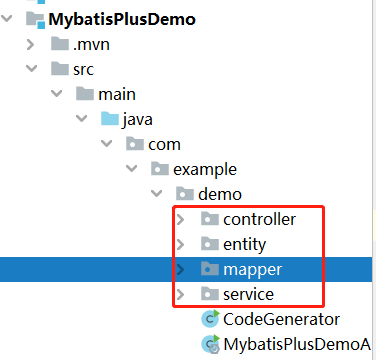
六、JavaEE三层架构概念及user查询实现
每个package的作用:
controller【控制层:http的请求控制处理类(接收和响应)】
service 【业务层:功能的业务实现逻辑代码】
mapper 【数据持久层:数据库的操作】
entity【实体-数据模型-JavaBean:封装数据(比如学生、老师、医生)】
JavaEE经典三层架构(controller、service、dao{mapper})
调用关系:
controller调用service、service调用dao{mapper}
编写程序时的顺序:
dao{mapper}、service、controller
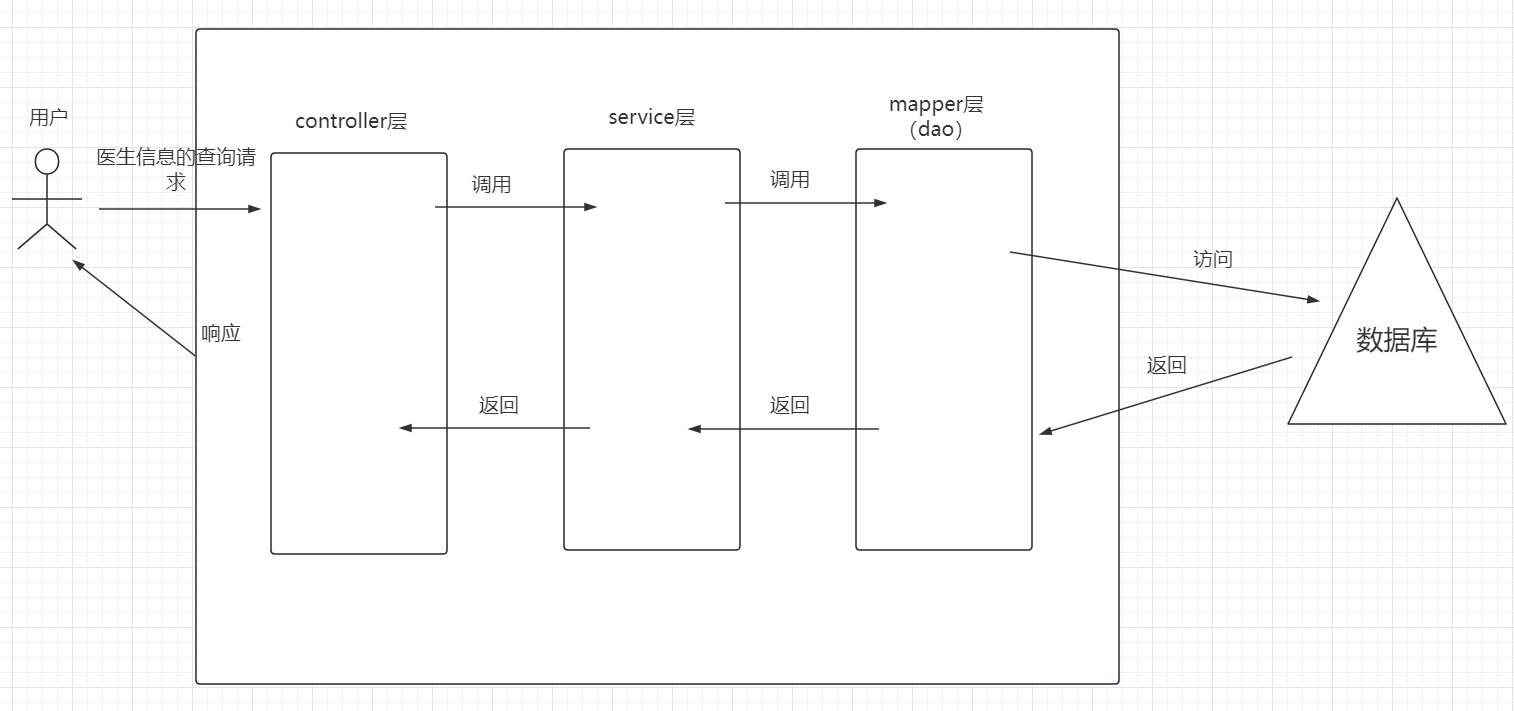
--1、在mapper层中给所有mapper文件都添加上@Mapper注解
 --在User类中加入主键
--在User类中加入主键
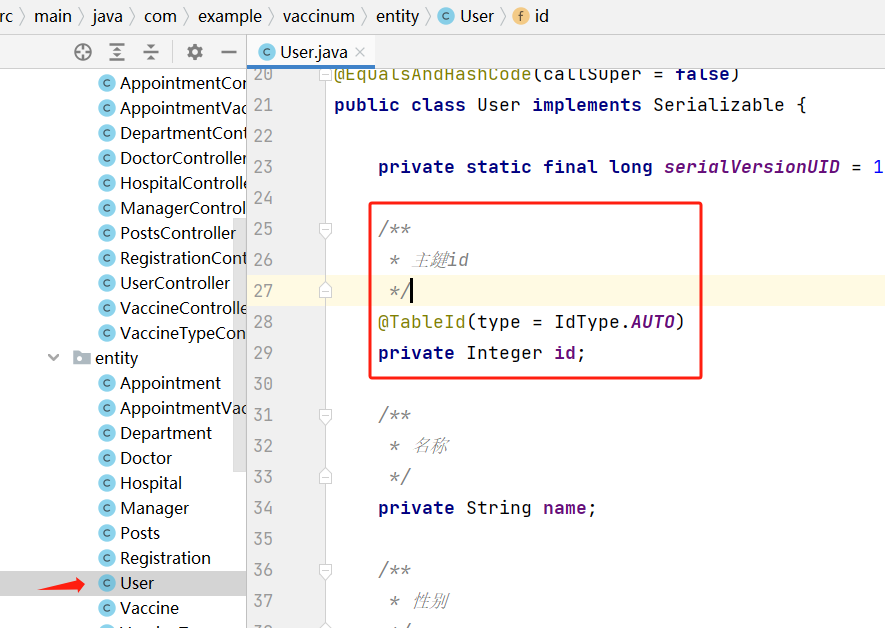
/**
* 主键、设置为自增策略
*/
@TableId(type = IdType.AUTO)
private Integer id;--2、在controller中的UserController中定义查询请求接口
@RestController
@RequestMapping("/user") //功能模块的请求地址的前缀
public class UserController {
//依赖User模块的业务层对象
@Autowired //自动注入对象
IUserService userService;
// http://127.0.0.1:8085/user/query
//定义一个请求功能的请求接口(处理方法)
@RequestMapping("/query")
public List<User> query(){
//查询所有的user、返回是一个集合
List<User> list = userService.list();
//返回list集合对象
return list;
}
}
--3、将项目的resources文件夹中的配置文件修改为application.yml、然后加入配置信息(要注意格式缩进)

#数据库的链接配置
spring:
datasource:
driver-class-name: com.mysql.cj.jdbc.Driver
url: jdbc:mysql://localhost:3306/vaccinum?useUnicode=true&useSSL=false&characterEncoding=utf8&serverTimezone=UTC
username: root
password:
#服务器的配置
server:
port: 8085
tomcat:
uri-encoding: UTF-8
servlet:
encoding:
charset: UTF-8
#打印sql日志信息
mybatis-plus:
configuration:
log-impl: org.apache.ibatis.logging.stdout.StdOutImpl--4、启动项目的application启动类,然后访问http请求测试
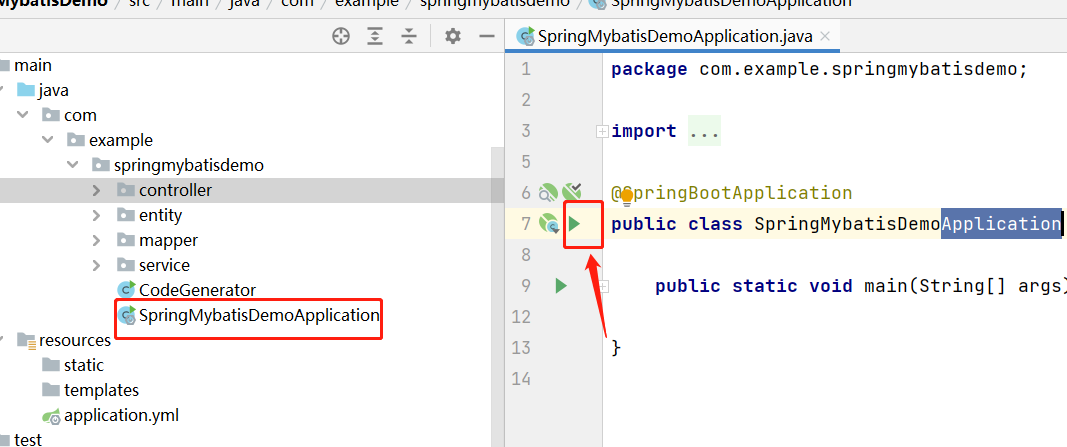
http://localhost:8085/user/query七、mybatis-plus逆向工程通用API实现原理分析及user模块的接口实现【添删改查】
--1、在UserController中定义添删改查的请求接口
@RestController
@RequestMapping("/user")
public class UserController {
//依賴user业务层对象
@Autowired //自动注入
IUserService userService;
// http://localhost:8085/user/query
// 定义查询user的请求接口
@RequestMapping("/query")
public List<User> query(){
//調用业务层的查询方法,返回list
List<User> list = userService.list();
//返回
return list;
}
// http://localhost:8085/user/insert?name=sdfdsf&password=sdfdsfd&codeid=sdfsdffdss&phone=13545631253
// 定义查询user的添加请求接口
@RequestMapping("/insert")//注意请求提交的参数key要和实体类的变量名一致
public boolean insert(User user){
//調用业务层的方法
boolean save = userService.save(user);
//返回
return save;
}
// http://localhost:8085/user/update?id=15&name=123456s&password=123456&codeid=45698465sddd&phone=aa13545631253
// 定义查询user的修改请求接口
@RequestMapping("/update")//注意请求提交的参数key要和实体类的变量名一致
public boolean update(User user){
//調用业务层的方法
boolean update = userService.updateById(user);
//返回
return update;
}
// http://localhost:8085/user/delete?id=15
// 定义查询user的删除请求接口
@RequestMapping("/delete")//注意请求提交的参数key要和实体类的变量名一致
public boolean delete(Integer id){
//調用业务层的方法
boolean delete = userService.removeById(id);
//返回
return delete;
}
}--2、重启服务,并通过http请求进行测试。
八、前端环境配置【Vscode、Node.js】【安装直接默认下一步即可】
安装VSCode、然后扩展插件中安装以下的插件

--配置“vue”插件
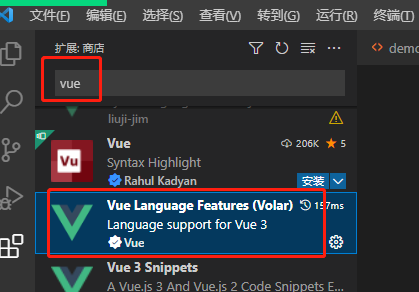
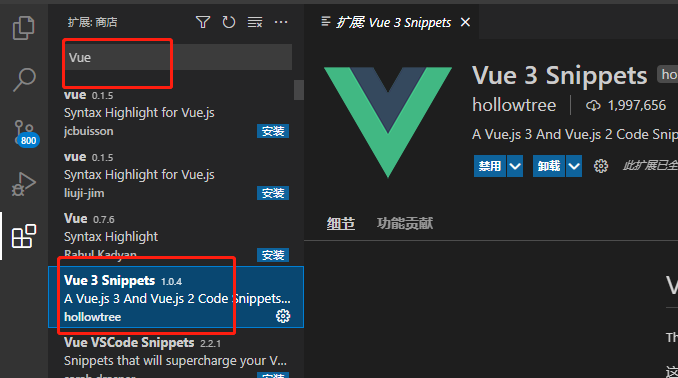
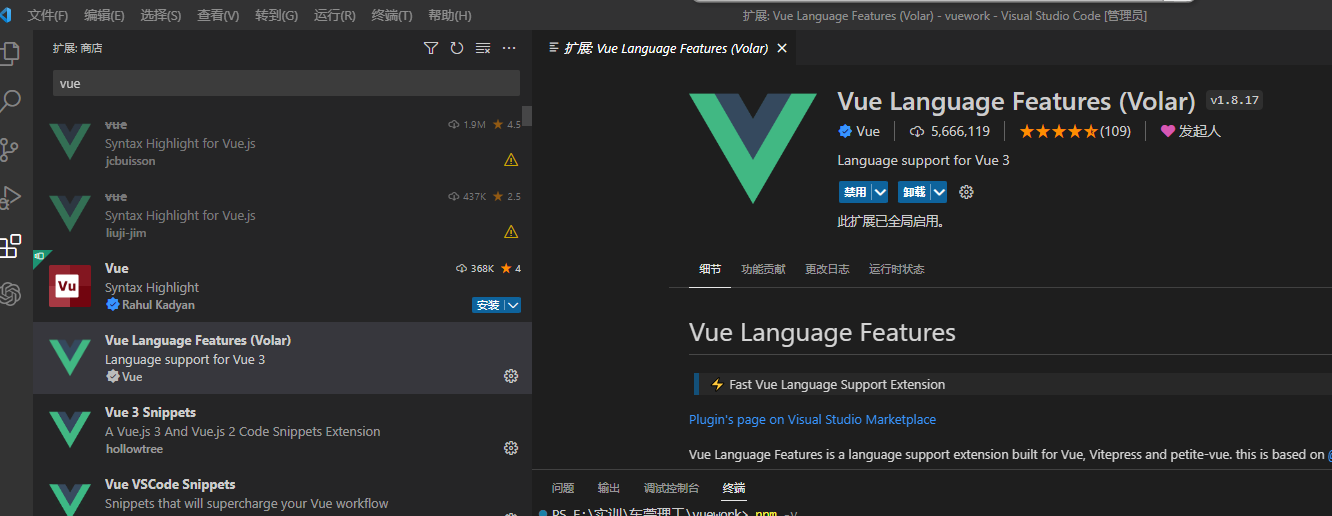
--重新启动VSCode即可
--安装node.js
![]()
--创建前端项目的工作空间,然后使用vscode软件打开工作空间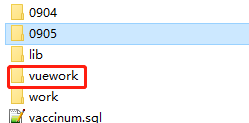
--使用终端打开dos命令行界面、测试环境【npm -v】

VSCode快捷键:
--新建一个文件使用:ctrl+n
--使用英文的感叹号+提示,回车即可(生成html的命名空间)
--注释代码:ctrl+/
---通过使用alt+b快速运行html在浏览器中
---快速复制一行代码: alt+shift+方向键
---移动代码: alt+方向键
--回撤:ctrl+z
--快速删除一行代码:ctrl+x
--格式化代码: alt+shift+f
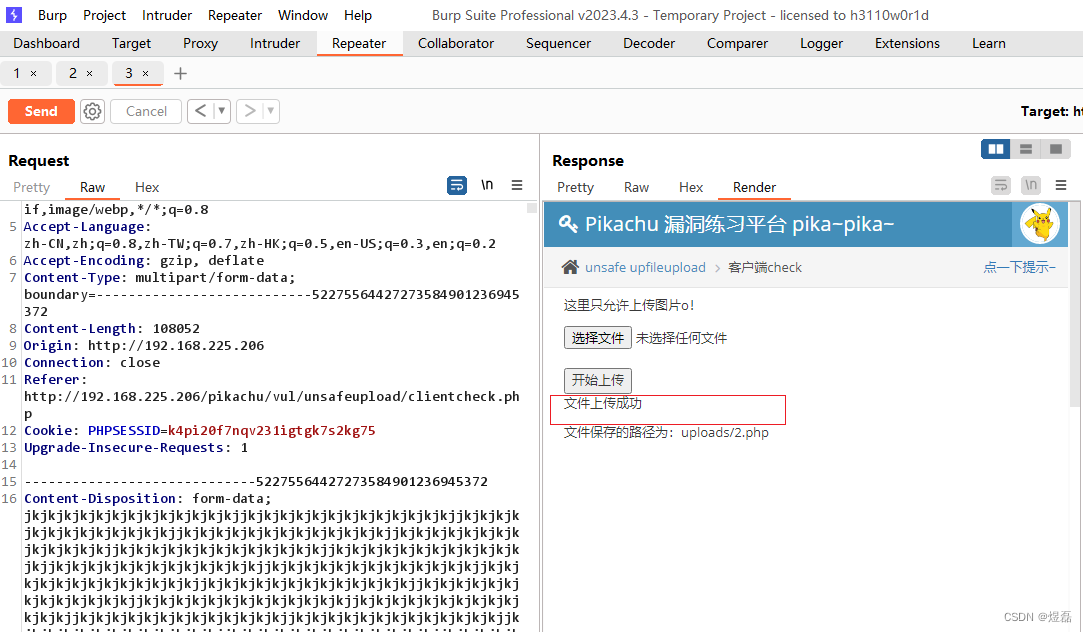
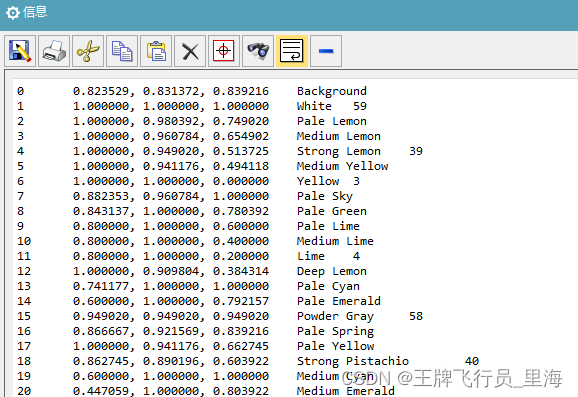
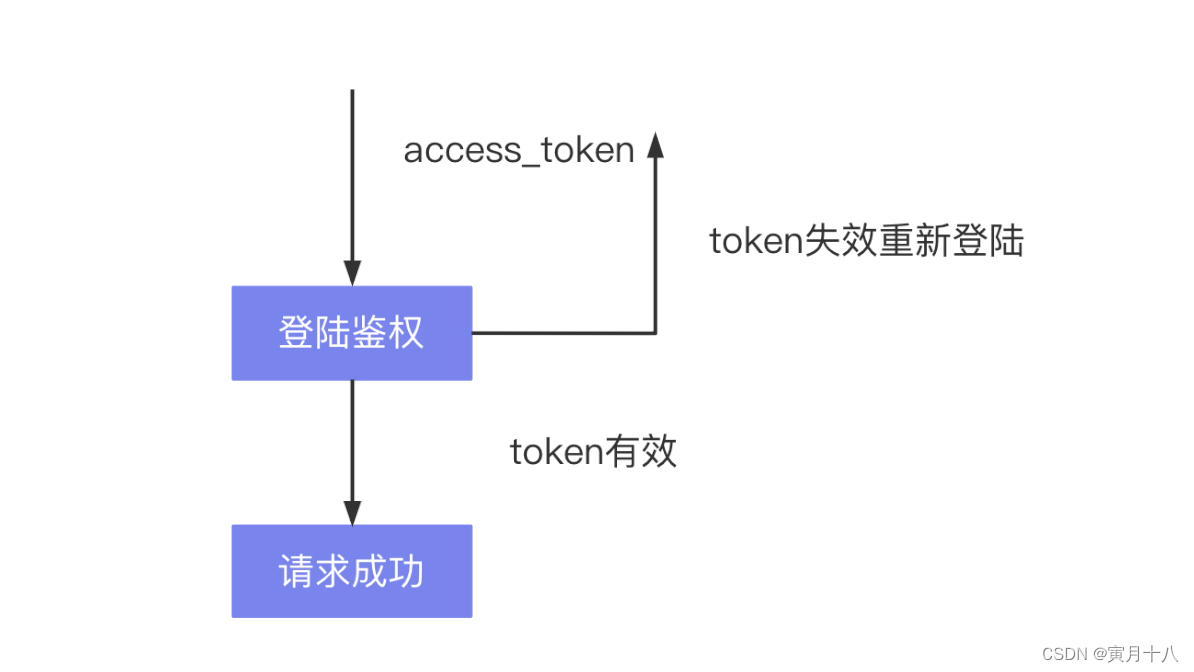
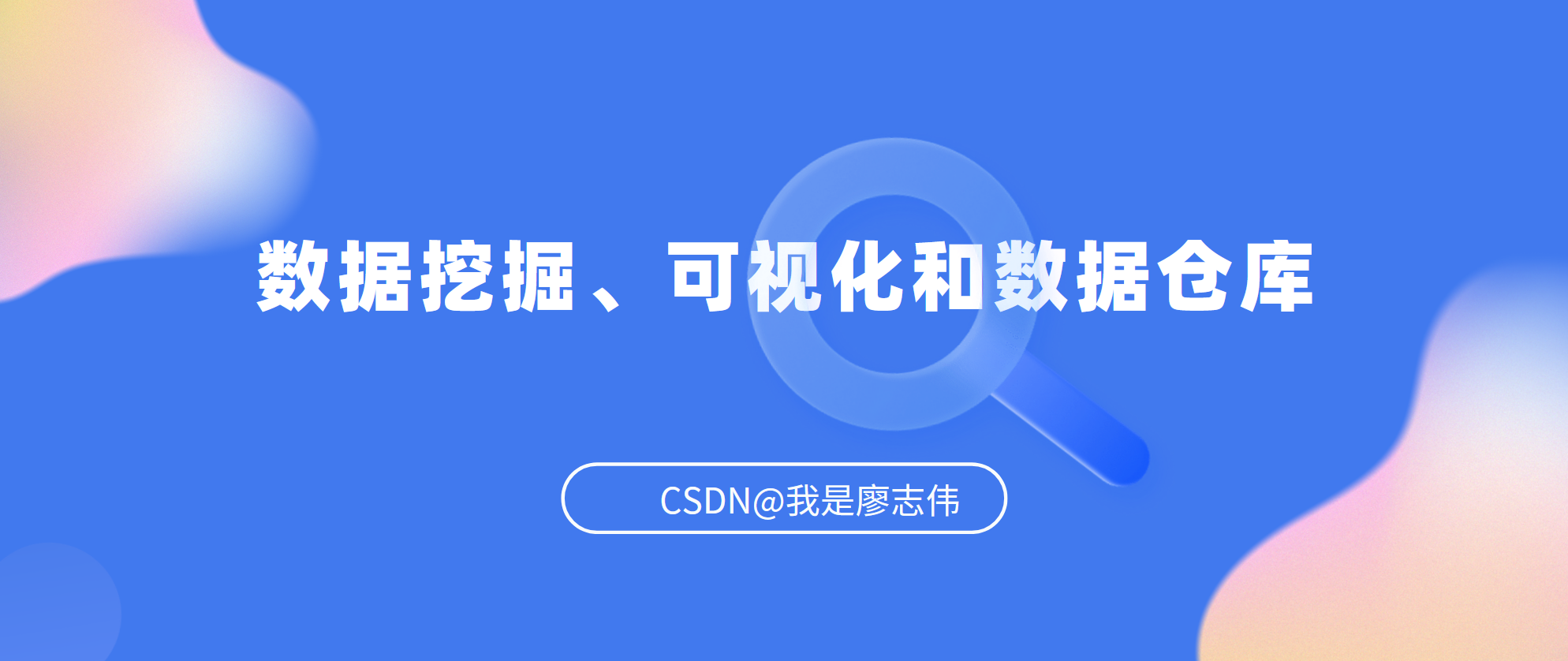


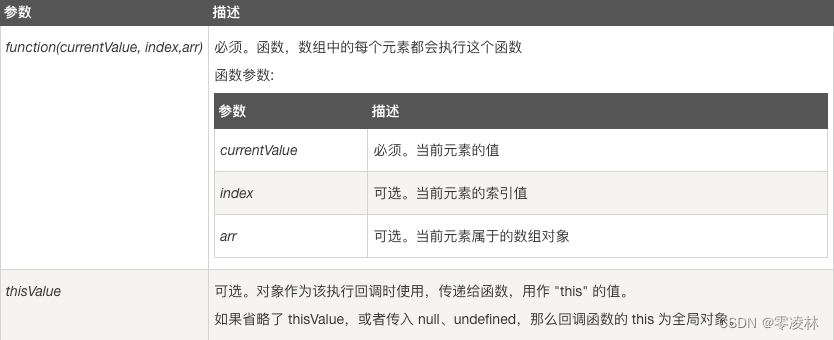

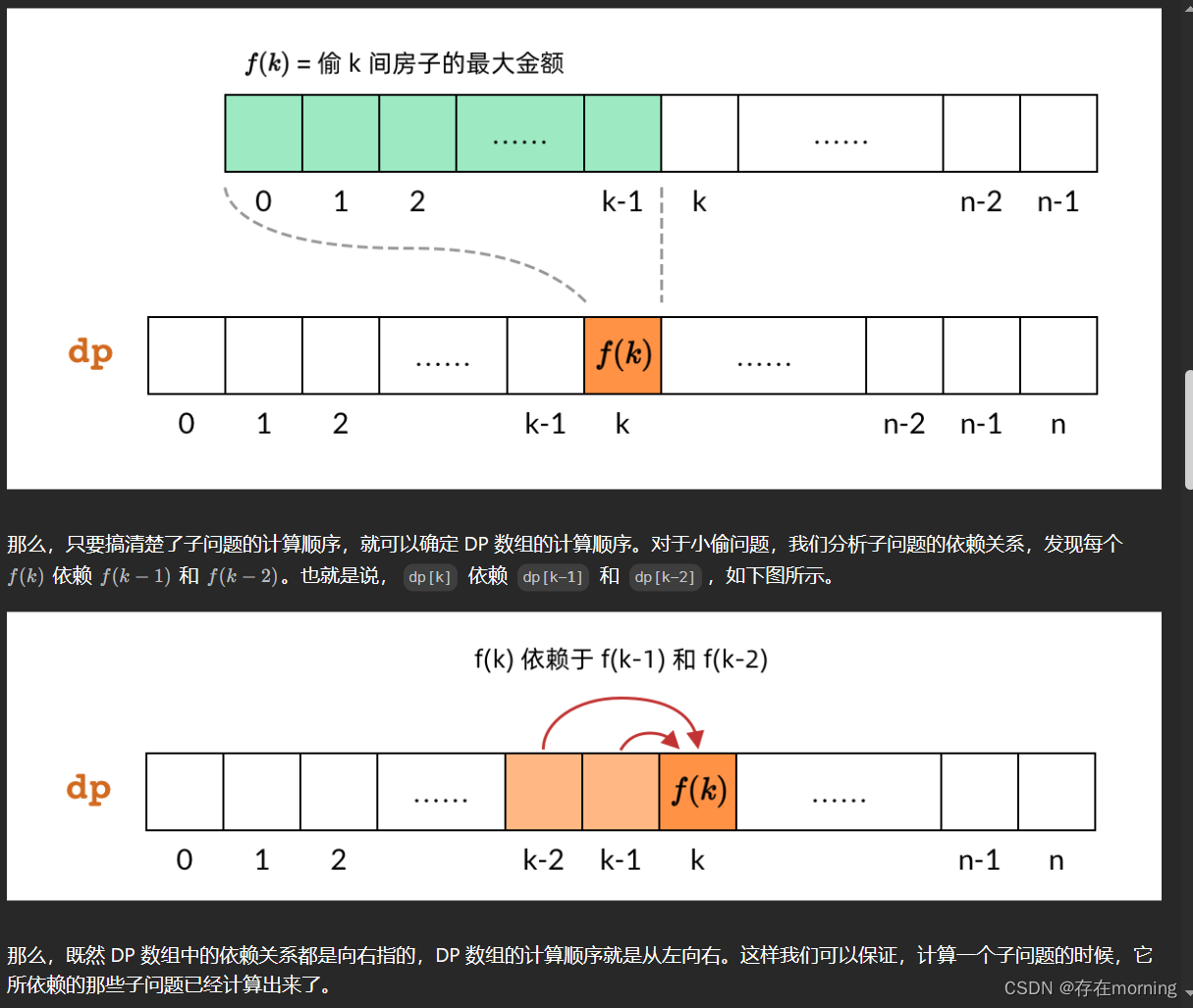
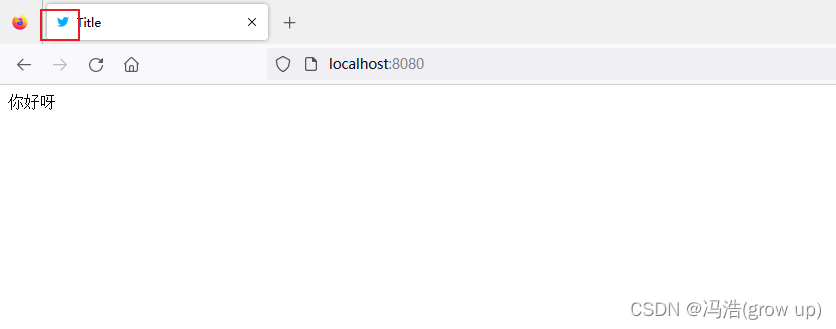

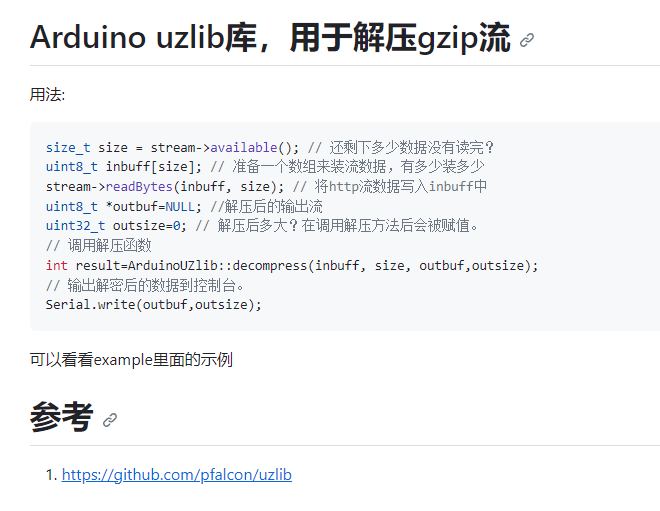
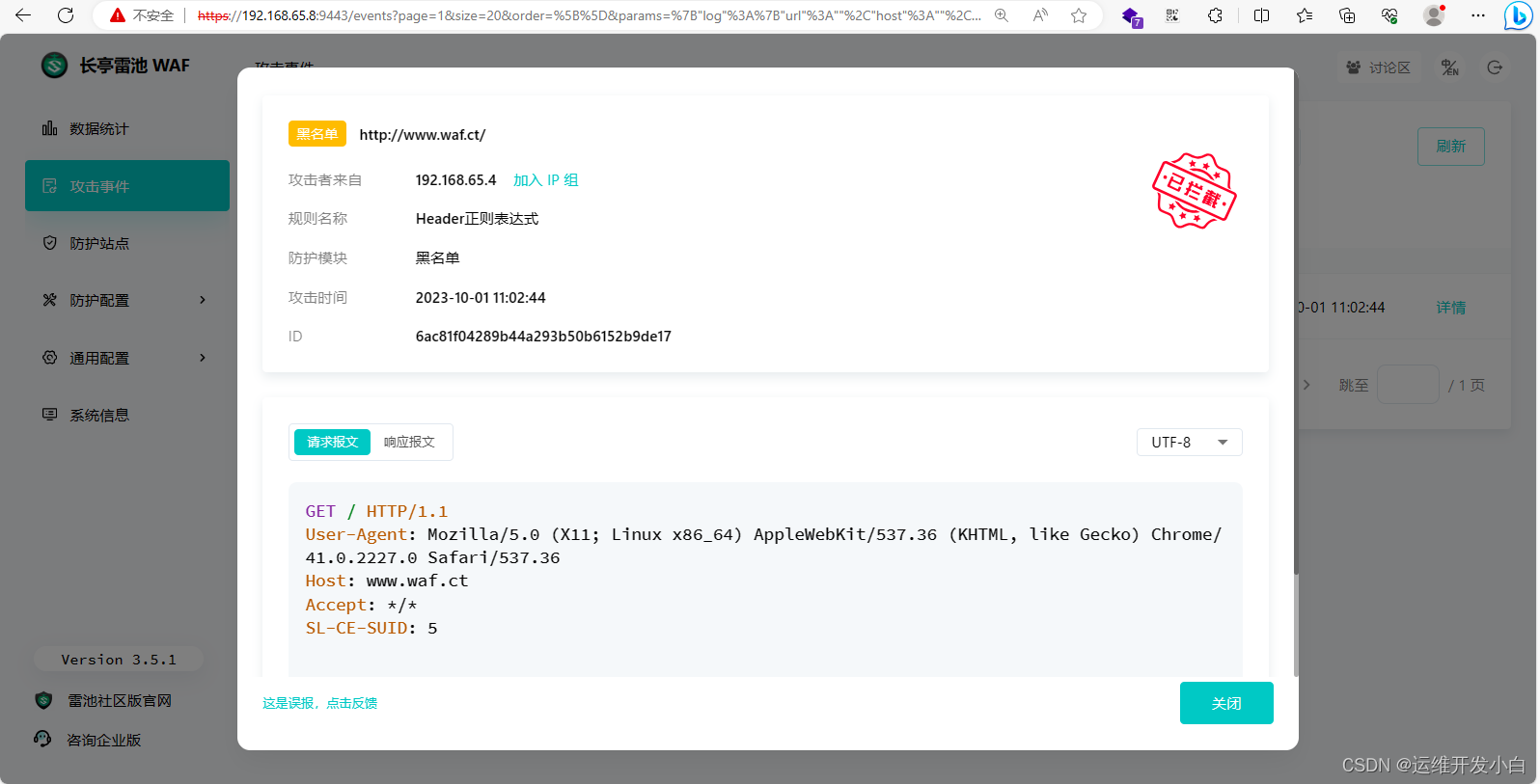
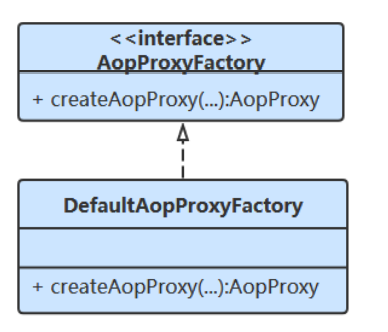
![[Spring] SpringBoot2 简介(一)—— 基础配置](https://img-blog.csdnimg.cn/4f342c1f34384d9a8fee0f12b8b00391.png)
![[AUTOSAR][诊断管理][$10] 会话模式控制](https://img-blog.csdnimg.cn/e407f5754ea941f9a34d29c83555b82b.png)



